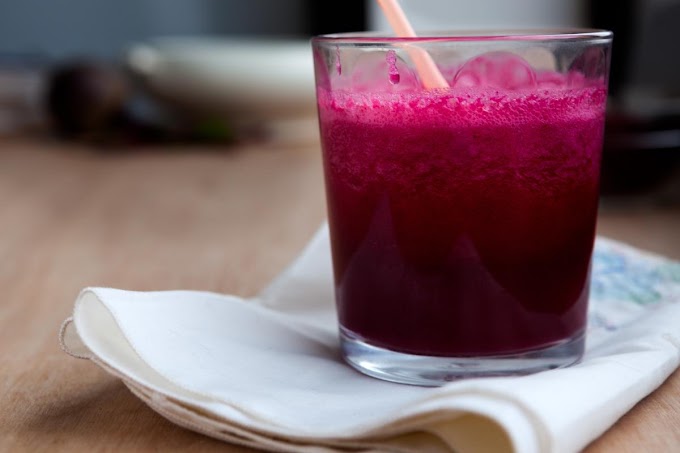Marmalade, with its tangy sweetness and vibrant color, is a timeless preserve that captures the essence of citrus in a jar. While orange marmalade is the most common, making marmalade from orange peel adds an extra layer of depth and complexity. Orange peel marmalade has a unique bittersweet flavor that pairs beautifully with everything from toast to cheese plates, and it’s surprisingly easy to make at home. In this blog post, we'll walk you through the steps to create your own batch of delicious orange peel marmalade, sharing tips and tricks along the way to ensure a perfect result.
Ingredients:
To start, let’s gather the ingredients. You’ll need:
4-5 large oranges (preferably organic, since you’ll be using the peels)
4 cups of granulated sugar
1/4 cup of freshly squeezed lemon juice (about 1-2 lemons)
5 cups of water
This recipe yields about 4-5 jars of marmalade, depending on the size of your jars. If you prefer to make a smaller or larger batch, you can adjust the quantities accordingly.
Step 1: Prepare the Oranges
The first step in making orange peel marmalade is to prepare the oranges. Since you’ll be using the peels, it's important to wash the oranges thoroughly. Use a vegetable brush to scrub the skins under warm water, removing any wax or residue.
Once the oranges are clean, use a sharp knife or a vegetable peeler to remove the peels. Be careful to avoid cutting too deeply into the white pith, as it can make the marmalade overly bitter. The goal is to peel off the thin outer layer of the skin, which contains the flavorful oils.
After peeling, cut the orange peels into thin strips. You can choose the thickness based on your preference—thicker strips will give the marmalade a chunkier texture, while thinner strips will create a smoother spread. If you like a rustic look, you can leave the strips uneven, or if you prefer a more polished appearance, you can cut them uniformly.
Next, remove the white pith from the oranges and discard it. Then, chop the orange flesh into small pieces, making sure to remove any seeds. The chopped fruit will be added to the marmalade later to provide extra flavor and texture.
Step 2: Soak the Peels
Soaking the orange peels is a crucial step that helps soften them and reduce their bitterness. Place the sliced peels in a large bowl or pot and cover them with cold water. Let them soak for at least 12 hours or overnight. This process not only softens the peels but also helps to leach out some of the bitter compounds.
If you're short on time, you can speed up this process by boiling the peels in water for 10 minutes, then draining and rinsing them. However, the longer soaking method is recommended for a more refined flavor.
Step 3: Cook the Marmalade
Once the peels have soaked, it’s time to start cooking the marmalade. Drain the soaked peels and place them in a large pot along with the chopped orange flesh, sugar, lemon juice, and 5 cups of water.
Bring the mixture to a boil over medium heat, stirring occasionally to dissolve the sugar. Once the sugar has dissolved, reduce the heat to low and let the marmalade simmer gently. As it simmers, the liquid will gradually reduce, and the mixture will thicken.
It’s important to stir the marmalade occasionally to prevent it from sticking to the bottom of the pot. As it cooks, the orange peels will become translucent, and the liquid will take on a rich amber color. This process can take anywhere from 1 to 2 hours, depending on the size of your pot and the intensity of your heat.
Step 4: Test for Setting Point
The key to perfect marmalade is getting the right consistency. The setting point is when the marmalade has thickened enough to gel but is still spreadable. There are a few ways to test for the setting point:
The Spoon Test: Dip a spoon into the marmalade and let it cool slightly. Hold the spoon horizontally and watch how the marmalade falls off. If it drips off quickly, it needs more cooking. If it falls off in thick, slow drops, it’s ready.
The Cold Plate Test: Place a small plate in the freezer while the marmalade is cooking. When you think the marmalade is ready, spoon a small amount onto the cold plate and let it sit for a minute. Push the edge of the marmalade with your finger—if it wrinkles and holds its shape, it’s done. If not, continue cooking and test again after a few minutes.
Temperature Test: Use a candy thermometer to check the temperature of the marmalade. It should reach about 220°F (105°C) when it’s ready to set.
Step 5: Jar the Marmalade
Once the marmalade has reached its setting point, it’s time to transfer it to jars. Sterilize your jars and lids by boiling them in water for 10 minutes, then let them dry on a clean towel.
Carefully ladle the hot marmalade into the sterilized jars, leaving about 1/4 inch of headspace at the top. Wipe the rims of the jars with a clean, damp cloth to remove any spills, then seal them with the lids.
To ensure a good seal, you can process the jars in a boiling waterbirth for 10 minutes. This step is especially important if you plan to store the marmalade for an extended period.
Step 6: Store and Enjoy
Let the jars cool completely before storing them. You’ll hear a popping sound as the lids seal—a satisfying sign that your marmalade is properly preserved. Store the marmalade in a cool, dark place, and it should keep for up to a year.
Once opened, store the jar in the refrigerator and use it within a few weeks. Orange peel marmalade is incredibly versatile—spread it on toast, stir it into yogurt, or use it as a glaze for meats. It also makes a wonderful gift, especially when paired with a fresh loaf of bread or a selection of cheeses.
Tips for Perfect Orange Peel Marmalade
Choose the right oranges: The flavor of your marmalade will depend heavily on the quality of the oranges. Organic oranges are best, as they’re free from pesticides and waxes that can affect the taste of the peel.
Don’t rush the process: Marmalade-making is an exercise in patience. Take your time soaking the peels, cooking the mixture, and testing for the setting point to ensure the best results.
Experiment with flavors: Once you’ve mastered the basic recipe, feel free to get creative. You can add spices like cinnamon or cloves, or even a splash of whiskey or brandy for a more complex flavor.
Conclusion
Making orange peel marmalade is a rewarding process that results in a delicious, homemade treat. With its bright flavor and beautiful color, it’s sure to become a staple in your kitchen. Whether you’re an experienced canner or a beginner, this recipe is a great way to explore the world of preserves and enjoy the fruits of your labor all year round.








Social Plugin